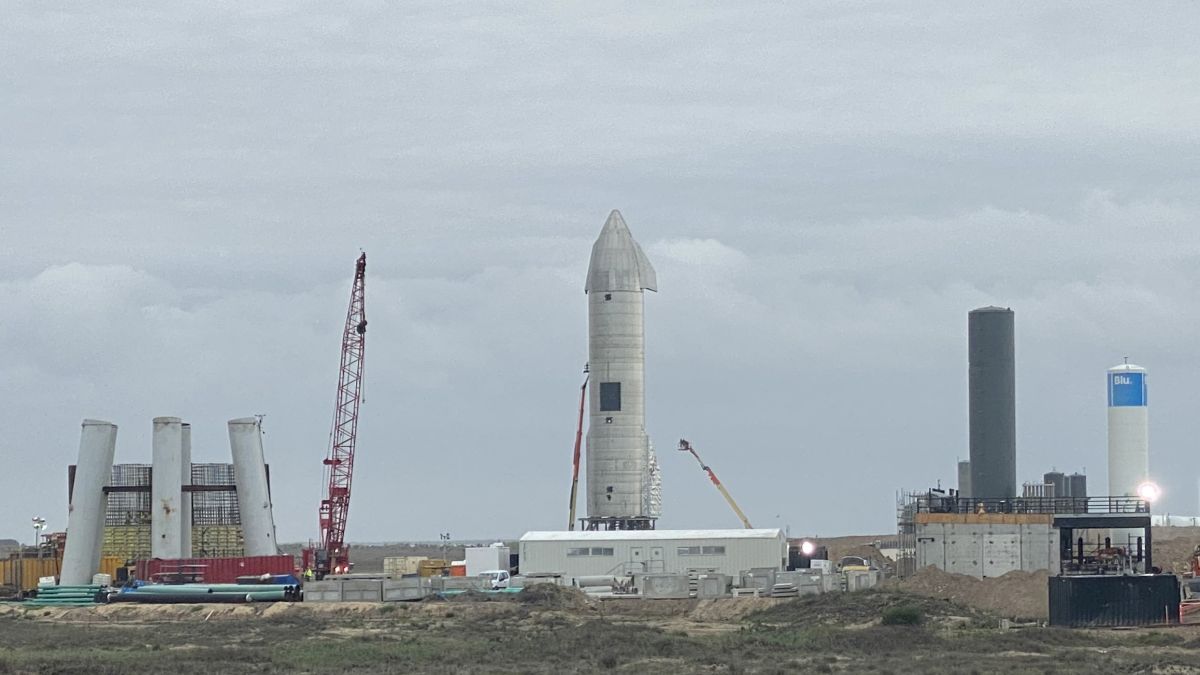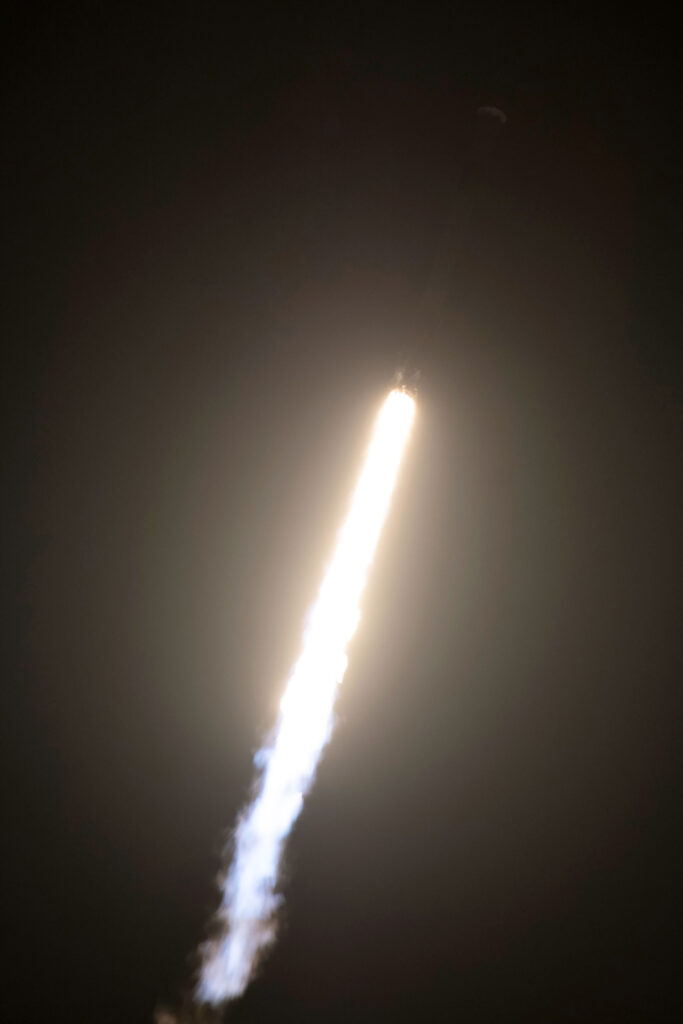
SpaceX is now aiming to launch its newest Starship rocket prototype on Tuesday (March 30) after an FAA-related delay and you’ll be able to watch it live when it flies.
The Starship SN11 rocket was initially expected to attempt a launch from SpaceX’s Starbase test site near Boca Chica Village in South Texas on Monday between 1 p.m. and 6 p.m. EDT (1700-2200 GMT), according to Texas officials. But an inspector with the Federal Aviation Administration (FAA), which oversees commercial space launches, was unable to reach the launch site in time, SpaceX CEO Elon Musk said.
“FAA inspector unable to reach Starbase in time for launch today,” Musk wrote in an update on Twitter. “Postponed to no earlier than tomorrow.”
If SpaceX is able to launch its Starship SN11 on Tuesday, the rocket is expected to reach an altitude of 6.2 miles (10 kilometers) and then attempt a landing. You’ll be able to watch here and on Space.com’s homepage, as well as watch directly from SpaceX here and on YouTube. SpaceX’s webcast usually begins about 5 minutes before a Starship launch attempt.
Video: Watch SpaceX test-fire the Starship SN11 rocket prototype
Tuesday’s potential Starship SN11 launch follows an earlier attempt on Friday (March 26), when SpaceX test-fired the rocket’s three Raptor engines but opted not to attempt a launch in order to allow time for extra checks on the vehicle.
“Doing our best to land & fully recover,” Musk said at the time.
Starship SN11 is the latest test vehicle for a planned fully reusable launch system SpaceX is developing for deep-space flights to the moon and Mars. The company has launched three vehicles so far: SN8, SN9 and SN10. The SN8 and SN9 Starship tests ended with failed landing attempts, with the vehicles crashing and exploding.
The Starship SN10 prototype flew on March 3 and stuck its landing, but exploded shortly after touchdown. SpaceX is hoping for a clear success with the Starship SN11 test flight.
“The Starship prototype will descend under active aerodynamic control, accomplished by independent movement of two forward and two aft flaps on the vehicle,” SpaceX wrote in a mission overview. “All four flaps are actuated by an onboard flight computer to control Starship’s attitude during flight and enable precise landing at the intended location.”
SpaceX plans to launch the 165-foot-tall (50 meters) Starship spacecraft into orbit using a massive heavy-lift booster called Super Heavy, which is also under development. Musk showed off the first Super Heavy test article earlier this month to be used for structural checks.
SpaceX has already booked one Starship flight around the moon for Japanese billionaire Yusaku Maezawa and eight other people. Maezawa’s “dearMoon” mission is targeted to launch in 2023. SpaceX is also relying on Starship as one of three teams vying to build a crewed landing vehicle to deliver NASA astronauts to the moon under the agency’s Artemis program.
Editor’s note: This story was updated at 1:51 p.m. EDT to include SpaceX’s launch delay for Starship SN11 and plans for a Tuesday launch attempt.
Email Tariq Malik at tmalik@space.com or follow him @tariqjmalik. Follow us @Spacedotcom, Facebook and Instagram.



